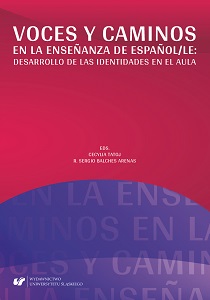Los cursos tipo MOOCs y su aprovechamiento en la clase de aprendizaje de idiomas presencial
Benefits of MOOCs courses in a face-to-face language learning class
Author(s): Bożena Wisłocka Breit
Subject(s): Language studies, Philology
Published by: Wydawnictwo Uniwersytetu Śląskiego
Keywords: MOOCs (Massive Open Online Courses); teaching methodologies; online language courses
Summary/Abstract: Distance learning is not a new teaching methodology; however, it has only been the extraordinary ease of the Internet communications and, specifically, the MOOCs: Massive Open Online Courses, which have allowed for a truly global university level learning. Since 2011, platforms like Udacity, Coursera, edX and, later, MiriadaX and FutureLearn offered their free courses to hundreds of thousands of students all over the world. Their total availability, convenient structure, short duration and absence of any previous required qualifications, which allowed anybody to study anything, made them extremely popular. Their drawbacks are: extremely low level of completion, less than 5%; lack of personal student-teacher interaction, predominance of English as a teaching instrument and a considerable amount of “communication noise” due to the students’ heterogeneous backgrounds. MOOCs providing language courses, in this case Spanish, are an interesting teaching methodological instrument and a convenient update for the language instructors but not a stand-alone methodology for students.
Book: Voces y caminos en la enseñanza de español/LE: desarrollo de las identidades en el aula
- Page Range: 155-164
- Page Count: 10
- Publication Year: 2019
- Language: Spanish
- Content File-PDF

